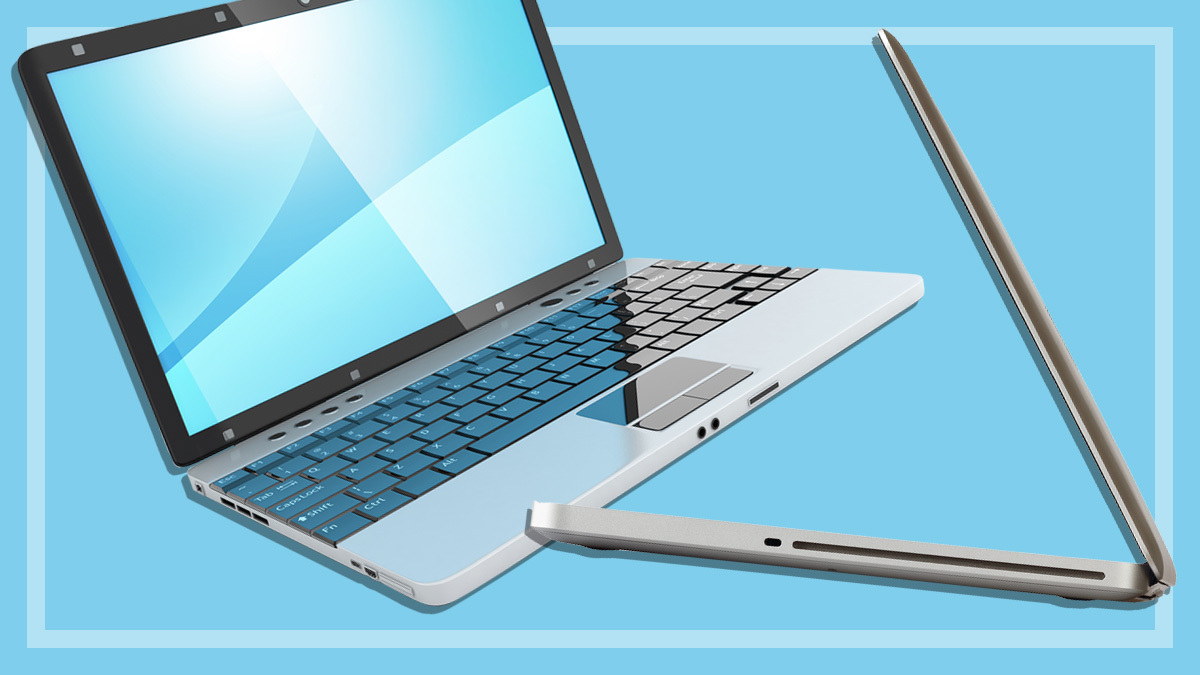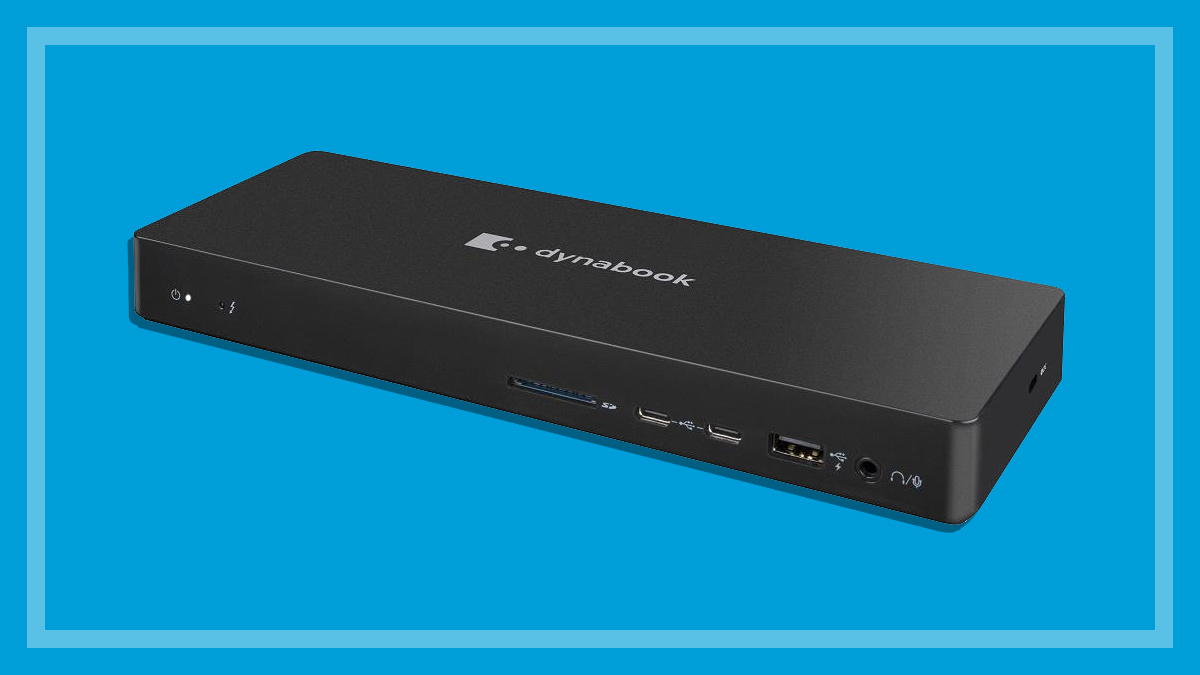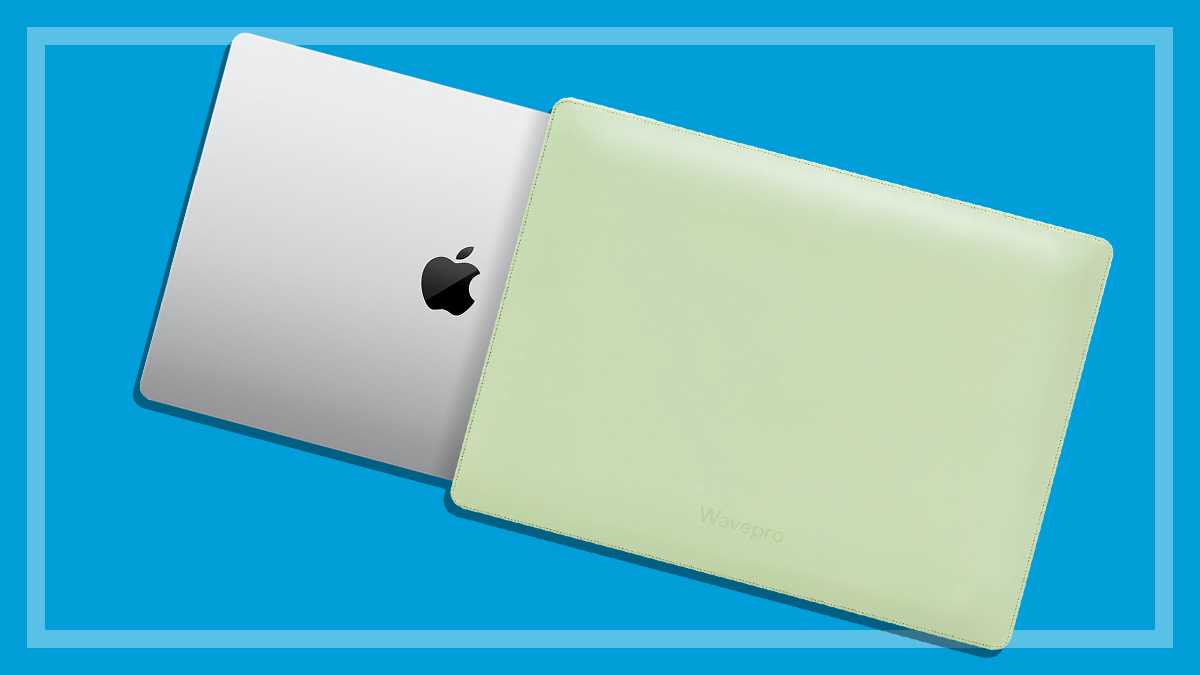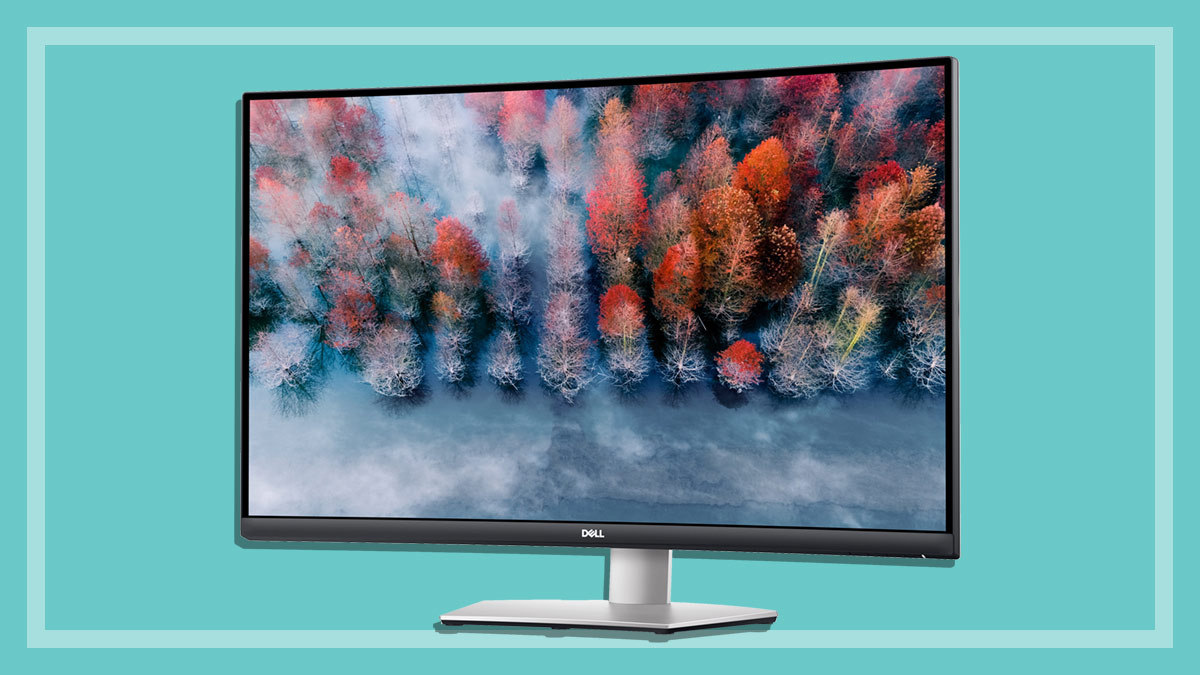Get our independent lab tests, expert reviews and honest advice.
espressoDisplay 15-inch portable USB screen review
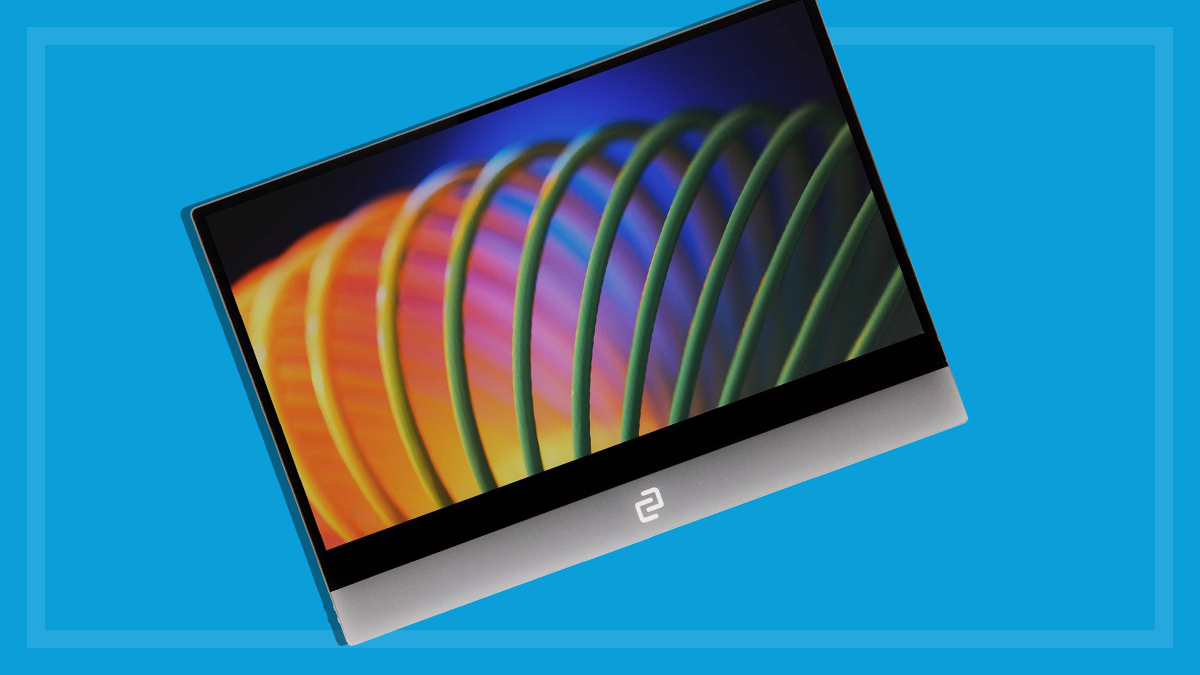
CHOICE verdict
Many people use an external display screen with a laptop when sitting at a desk, but a portable USB display gives you the freedom to have this kind of setup wherever you go. Espresso claims their USB display is the world’s thinnest and it can be set up in seconds by plugging in a single USB cable to your laptop. An optional folding stand attaches the display magnetically, and software supports the optional pen as well as touch features including palm rejection when using the pen, and switching from landscape to portrait mode just by turning the screen. We tried out the V2 version of the 15-inch Full HD portable USB display (courtesy of Espresso) and found it can be a good solution if you can’t live with just one screen anymore, but you’ll need to add some extras.
Price: $749
Contact:
espres.soespressoDisplay specs and optional extras
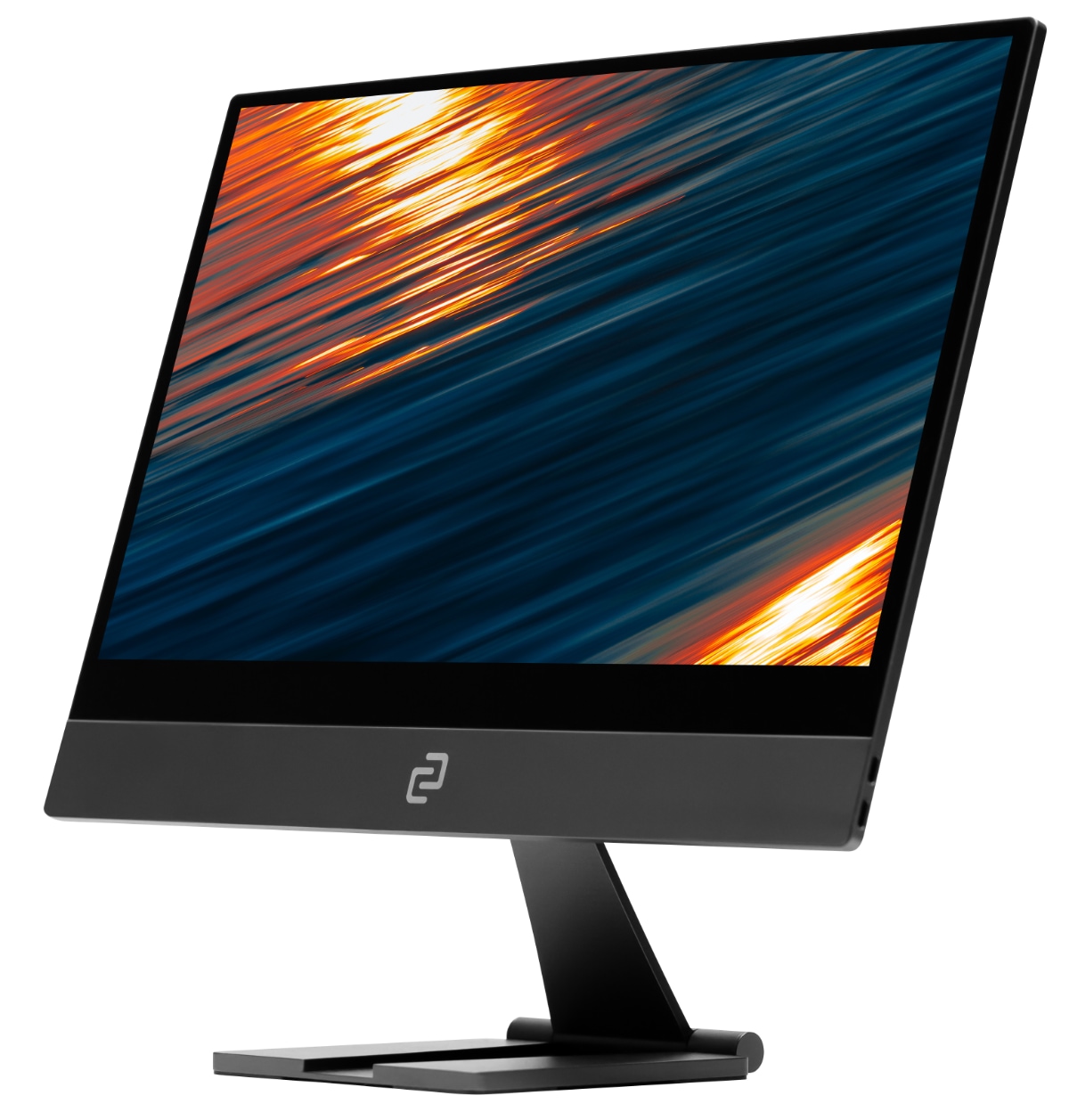
Espresso’s 15-inch touch display is just 5.3mm thick, with overall dimensions of 256mm x 359mm, and it weighs in just shy of a kilo at 864g. There’s also a 13-inch touch version for $669, or a non-touch screen for $529.
The optional ($99) folding espressoStand adds 546g to the weight and the $69 espressoCase adds 535g (though you don’t use them at the same time).
The espressoCase works like a kind of kickstand to support the display at various angles, but despite the name it doesn’t enclose the whole screen to protect the front.
The optional espressoPen stylus ($119) is just 14g, and attaches to the display magnetically as well.
Physically, the display screen by itself is just like a laptop screen (without the laptop) with two USB-C ports and built-in magnets for attaching the optional extras. These include the folding stand or the magnetic VESA-style espressoMount ($79) that can be attached to a standard monitor arm.
The screen surround edges are thin on the sides and the top (when viewed in landscape mode), but the bottom is thicker to accommodate the built-in ports.
Adjustable espressoStand
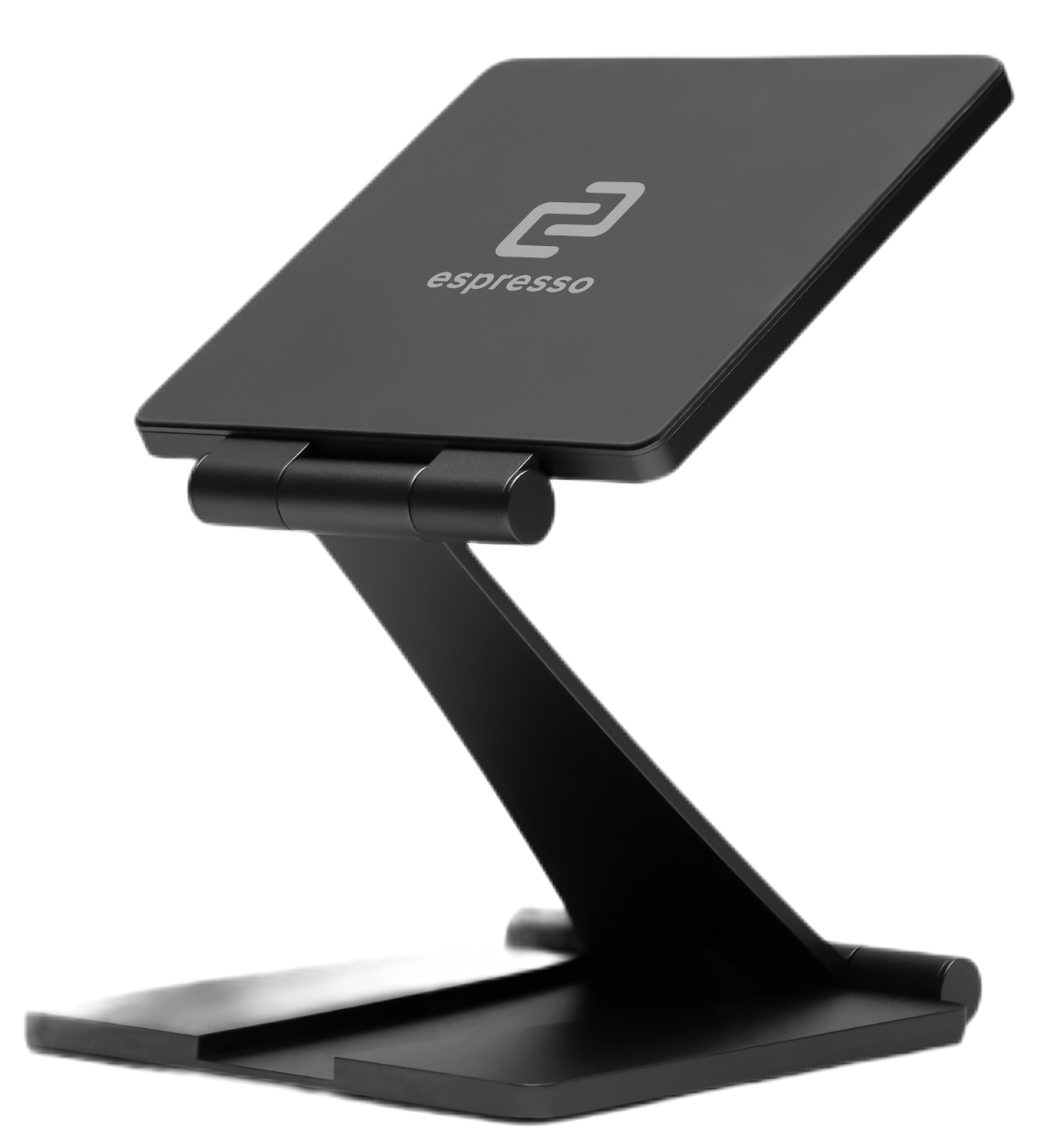
The espressoStand collapses down flat for ease of transport and it’s easy to unfold and attach the screen magnetically, but there’s no visible indication where the stand needs to be attached on the back of the monitor – you just have to place it in the centre and feel around for the strongest magnetic connection.
We also found it can be a bit fiddly to get the stand and display adjusted to the right angle. If you try to adjust the angle while the screen is on the stand, the screen will tend to come loose from its magnetic anchor point.
Through trial and error we found that the easiest way to do it is to first set the stand at the angle you want, then add the screen.
We experienced a similar problem with the screen detaching too easily when adjusting the angle on the espressoCase.
Getting set up
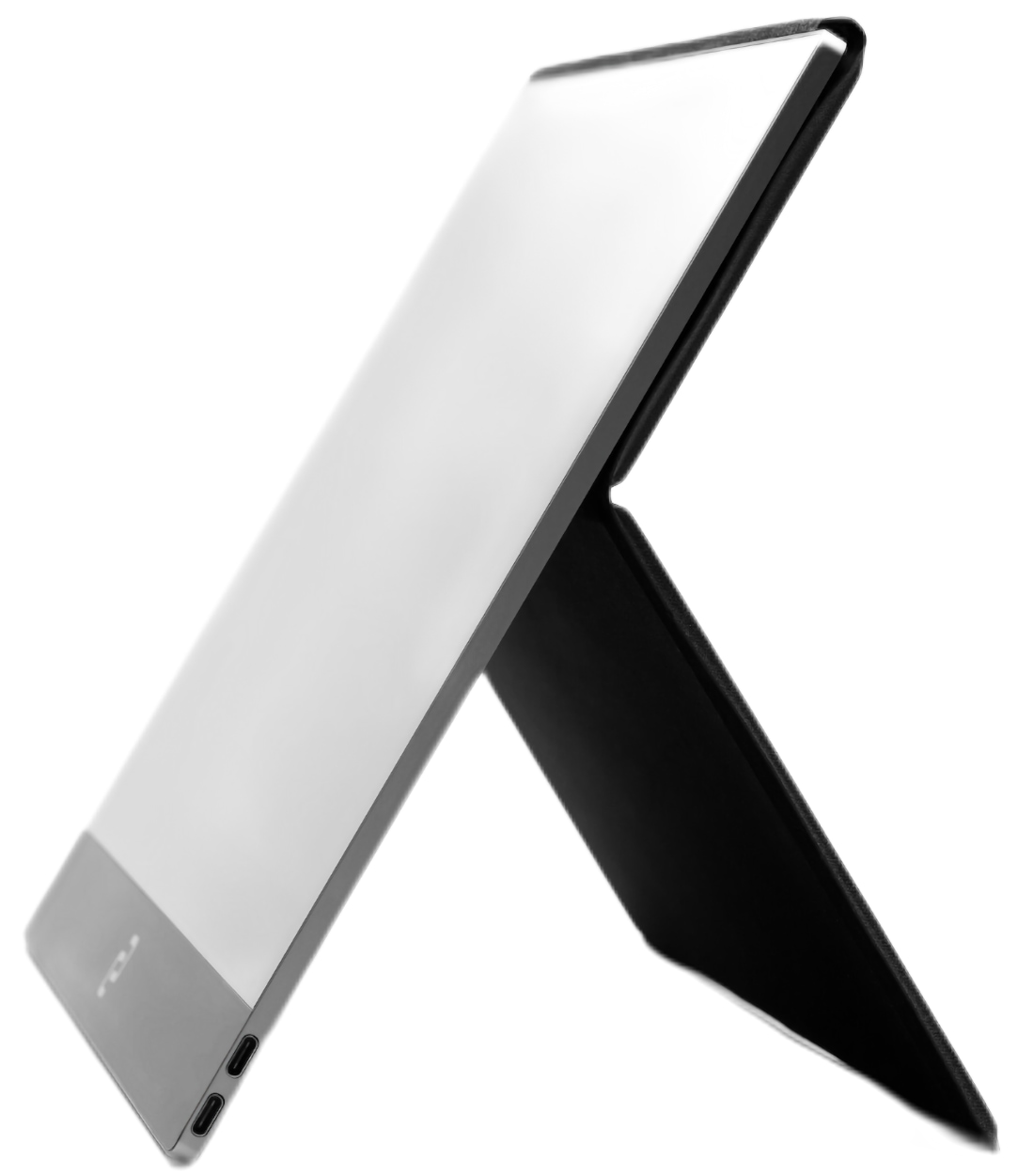
Initial setup was a little frustrating as the display didn’t come with documentation, just a QR code which takes you to the Espresso website where you then have to click ‘Support’ on the main menu to access info about how to properly use the screen and its associated accessories (while a link to the support page flashes on the screen when it boots up, it’s too easily missed).
Once on the support page, however, you’ll find what you need with sections on all the components: espressoDisplay, espressoCase, espressoMount, espressoStand, espressoPen and the espressoFlow touchscreen software. You need to download this to access the auto-rotate feature and to make it easier to adjust the brightness. You can download the software for Mac and Windows (both Intel and M1).
USB cable options
The ideal setup is to have a single USB cable from the display to your computer. But this can only be the case on laptops that have a USB-C port that can transport a video signal and power (Thunderbolt or Mini DisplayPort labelled ports will work).
If your computer doesn’t have this sort of USB-C port, but has HDMI or Mini DisplayPort, then you’ll need the optional cables for video and USB-C to USB-A cable for power.
espressoDisplay performance
As far as the display itself is concerned, it performs as expected and having a 15-inch Full HD screen you can take with you provides a good amount of extra work space for laptop users outside the home or office too.
The versatility of being able to rotate the screen into portrait mode is something you don’t get with laptops or even most desktop monitors. You can also customise touch gestures to suit the way you like to work.
Espresso claims brightness of 300nits (we measured it at 264nits, which is about the same as the screen on a mid-range laptop) and the display has a 60Hz refresh rate, and being 1080p it uses a standard 16:9 aspect ratio.
Having a 15-inch Full HD screen you can take with you provides a good amount of extra work space for laptop users outside the home or office
Brightness and contrast were good, showing detail in shadows and not blowing out highlights. Colour can depend on the graphics settings of your computer, but we found the colour mostly neutral compared to our reference monitor, which is fine.
The screen has a glossy finish and it does reflect background light noticeably in well-lit environments, but viewing angles are wide and there’s not much of an issue when viewing from well off-centre (except the image can become slightly paler).
Living with two screens
We like the portability and versatility of the display and accessories, especially the ease of being able to switch stands and rotate the screen into portrait mode.
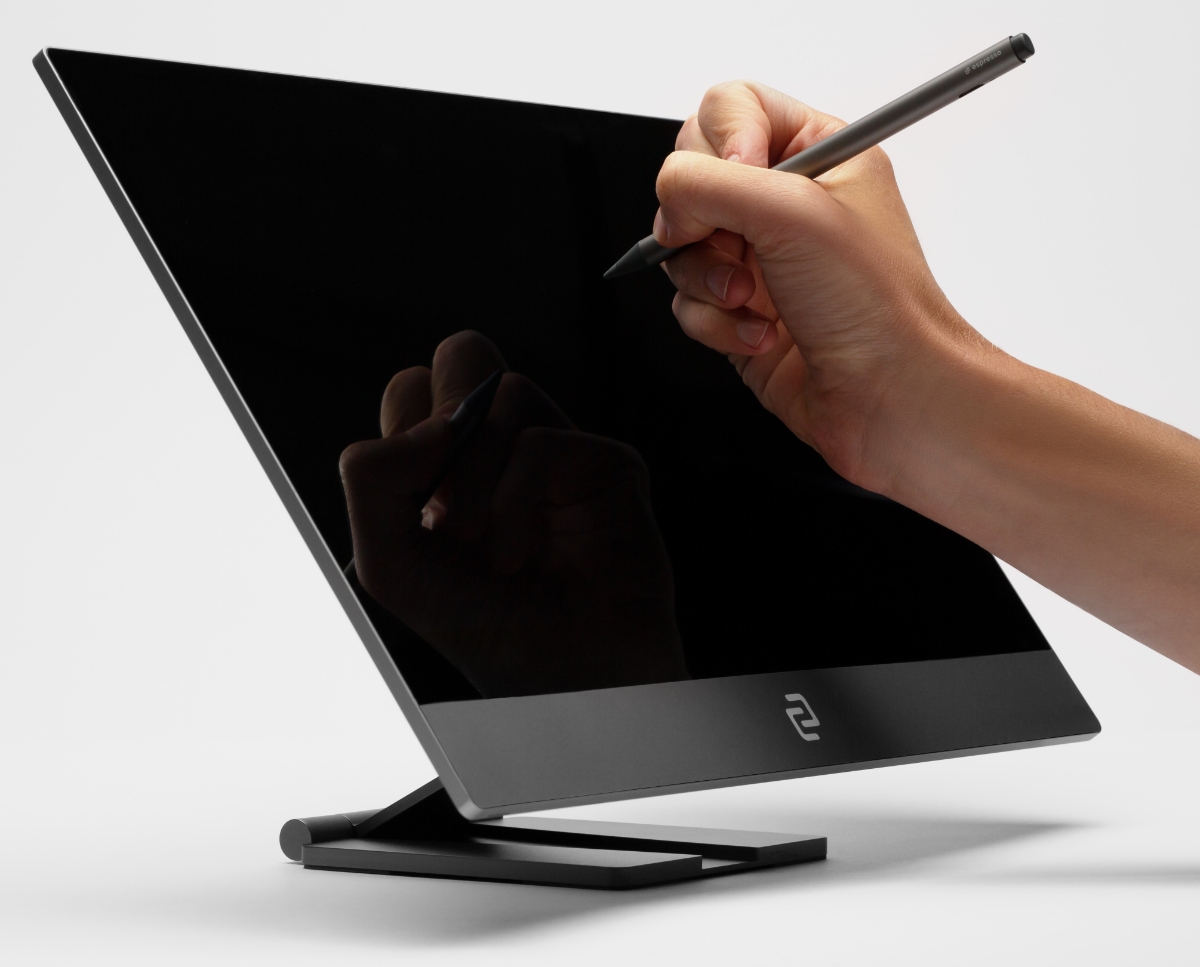
We found a few frustrations, from the initial setup to the on-screen display which didn’t always show up when invoked, and the lack of text labels on the on-screen menu and in the espressoFlow app.
You also need to sign up for an account just to use the auto-rotate function that the espressoFlow app provides, and there’s a lack of documentation about the ports.
Basically, it would benefit from being a bit more user-friendly. But overall, the 15-inch espressoDisplay V2 performs as expected and its portability means you don’t have to give up the luxury of using two screens at once just because you’re not at home or the office.
It’s light and easy to carry and the choice of folding stand or kickstand-style case makes it a versatile and convenient option, especially if your laptop’s connectivity lets you get away with using just one USB-C cable to connect it.

